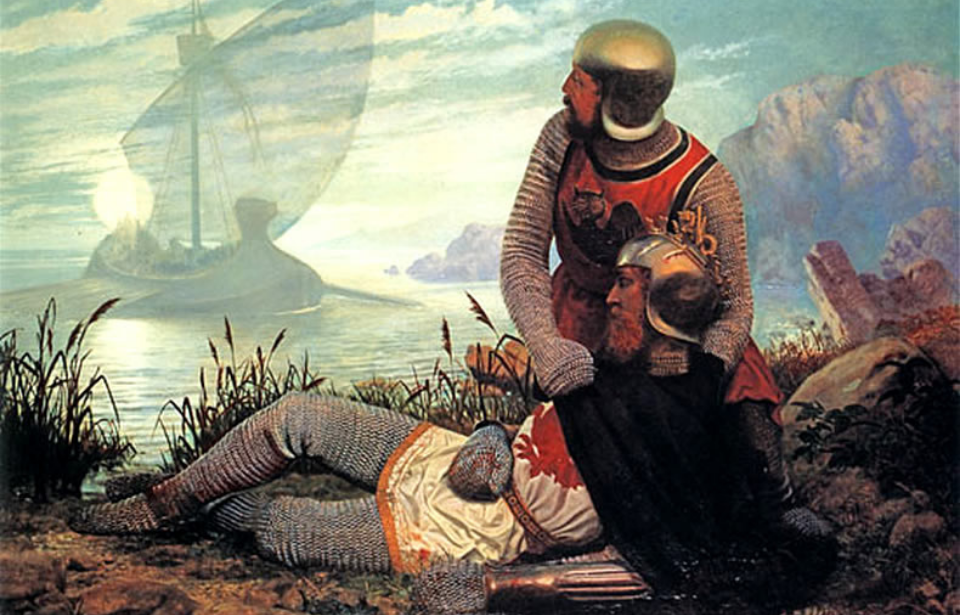Dozens of graves belonging to early British kings, queens, princes, and princesses have just been revealed by a new study. Archeologists have long wondered why there were not more royal graves from post-Roman Britain. This mystery may be solved, as research suggests up to 65 royal graves from the time of King Arthur have been hiding in plain sight, tucked away in regular cemeteries.
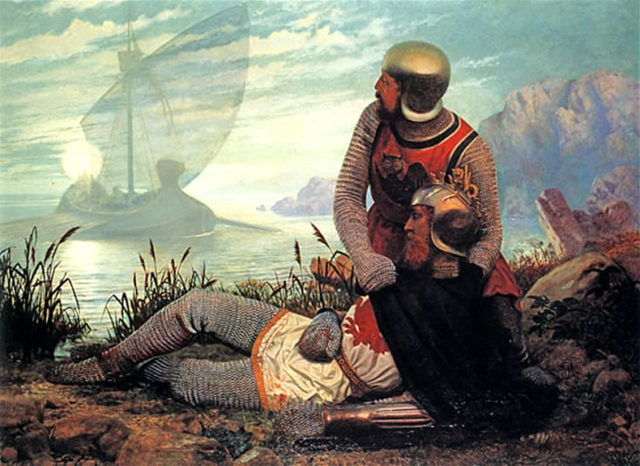
Prior to this new research, archeologists only knew of one final resting place of a British monarch from the fifth and sixth centuries, along with an additional six other potential royal graves.
Researchers have now discovered 20 probable royal burial complexes. Each complex contains up to five graves, with 11 other potential royal burial complexes being examined. These graves have been overlooked until now, possibly because they did not appear to be elaborate and contained nothing of value – traits that are typically associated with royal tombs.
The burial sites were located across modern-day west England, Wales, and parts of Scotland. The graves date back to the early fifth century. During this time, the invading Anglo-Saxons settled in the eastern part of the country.
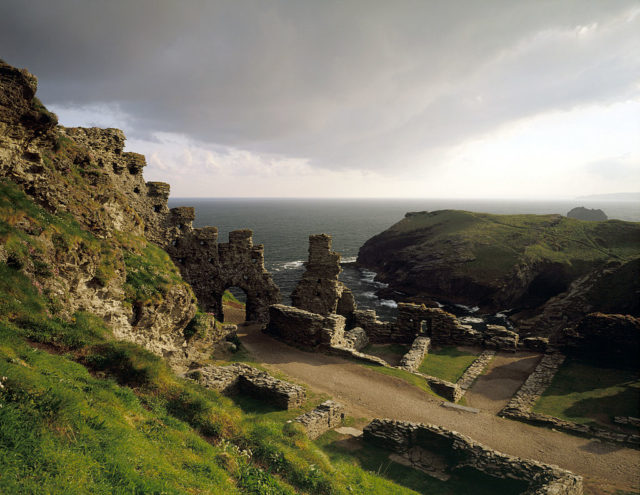
According to Ken Dark, an emeritus professor of archeology and history at the University of Reading, Anglo-Saxon rulers of the time were given elaborate burials with valuable and ornate grave gifts, but the Christian British may have seen this as a pagan practice. In contrast, the British seemed to have buried their royalty in simple graves alongside the graves of common Christians. These royal graves were enclosed by a rectangular ditch and probably surrounded by a fence that has since rotted away.
Dark, who led this study, suggests that although British royal graves were placed in early Christian cemeteries, they were still marked as being high-status individuals. In comparison to Anglo-Saxon rulers to the east, the graves of the Christian British royalty are very humble in comparison.
“We’ve got a load of burials that are all the same, and a tiny minority of burials are marked out as being of higher status than others,” Dark explained to Live Science. “When there are no other possible candidates, that seems to me to be a pretty good argument for these ‘lost’ royal burials.”
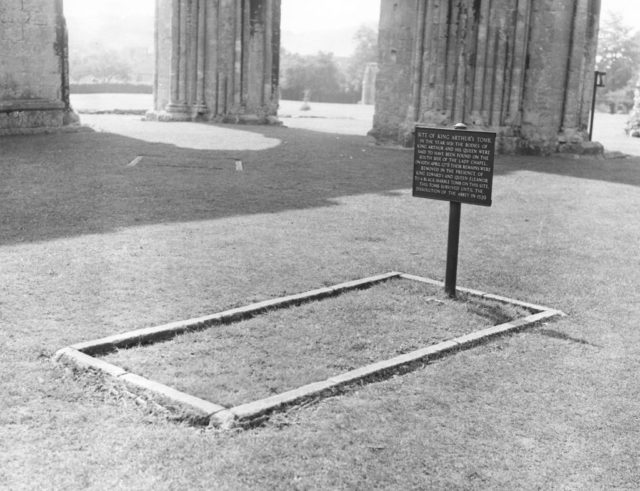
The graves in early Christian British cemeteries seem to be rather standardized. However, Dark noticed that a smaller fraction of graves were encircled by rectangle or square ditches that appear to have once had gates and fences. The tradition of enclosed graves comes right from the burial practices of the late Romans who lived in Britain. Dark notes this is why enclosed graves are found in England and not Ireland: “Britain was part of the Roman Empire and Ireland was not.”
Previous studies have suggested that early encircled British graves were thought to be the final resting place of individuals holding high status in society. Dark challenges this theory, suggesting that encircled graves were a burial practice reserved for royalty.
The graves in question are from the same time period associated with the legend of King Arthur. Roman rule in England lasted from 43 BCE until 410 CE when the last Roman troops were recalled to Gaul to fight internal rebellions in the Roman Empire.
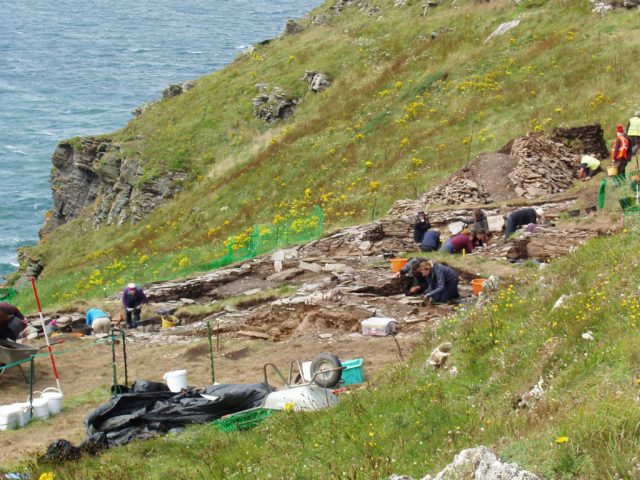
After the Romans left England, the Christian British who ruled western England and Wales attempted to continue Christian Roman traditions. At the same time, Germanic tribes – including Saxons, Angles, and Jutes – invaded and settled in the eastern parts of the country.
More from us: Edward I Was Such A King Arthur Fan That He Made His Own Round Table
Legends associated with the Christian British King Arthur are set in this time period. However, most historians are in agreement that King Arthur most likely did not exist. Nonetheless, there was interestingly an increase in popularity of the name “Arthur” among British and Irish royal families in the early sixth century. Perhaps one of these new royal graves will shock the world and prove the legend of King Arthur once and for all.
